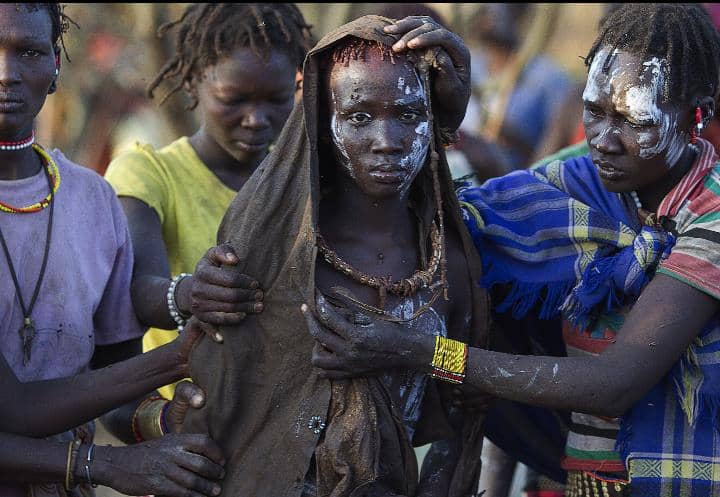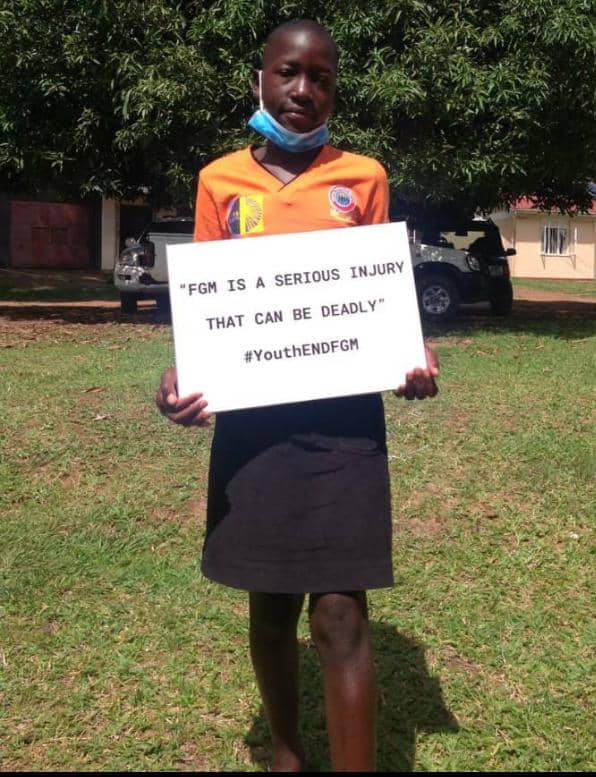
 Tiger FM
Tiger FM

 Tiger FM
Tiger FM
18 March 2025, 12:23 pm
By Ronald Ssemagonja
Uganda is one of the African countries facing challenges in the fight against female genital mutilation (FGM), particularly in rural areas. The government, in collaboration with local and international organisations, has made significant strides in combating FGM. However, deeply rooted cultural beliefs continue to present various challenges.
Female genital mutilation refers to the partial or total removal of external female genitalia for non-medical reasons. This practice is deeply embedded in the traditions of certain Ugandan communities, particularly among the Sabiny in the Eastern region and the Pokot in the North East. It is often considered a rite of passage into womanhood, believed to enhance marriageability and uphold cultural purity.

According to Ugandan law, the practice of female genital mutilation (FGM) is prohibited. However, in some areas, cultural and societal pressures have allowed it to persist. Girls as young as 10 years old are subjected to the procedure, which is often performed under unsafe conditions, leading to severe physical and psychological complications.
FGM is not limited to Uganda but is also practised in some communities in Kenya, particularly among tribes such as the Pokot, Maasai, Samburu, Kisii, and Kuria. Research indicates that many communities view FGM as a crucial rite of passage, signifying the transition from girlhood to womanhood.

Jackson Bahinda, a researcher, states that some communities believe girls who have not been cut are undesirable for marriage, leading to familial pressure to conform. “Uncut girls are seen as undesirable for marriage. FGM is also often perceived as a means to suppress female sexual urges and ensure fidelity, reinforcing patriarchal control over female sexuality,” he said.
Under the Prohibition of Female Genital Mutilation Act of 2010, Uganda criminalised FGM, with the practice punishable by up to 10 years in prison, and life imprisonment for aggravated cases. This legislation has played a crucial role in reducing the practice, leading to the arrest and prosecution of perpetrators. The government has also partnered with religious leaders, non-governmental organisations, and cultural leaders to educate communities on the dangers of FGM.
Nangiro Priscilla, once both an FGM survivor and practitioner, is now an advocate working to eliminate the practice in her community. She was about 13 years old when she underwent FGM, believing it was her initiation into adulthood. “I bled the whole day, and my parents were worried. Other girls were also frightened when they saw my excessive bleeding. Some considered avoiding FGM, but their parents forced them into it,” she explained.
Dr Lwasa Joel, an obstetrician-gynaecologist at Kawempe Regional Referral Hospital, provides a medical perspective. “FGM involves the removal of healthy genital tissue, disrupting natural bodily functions. It can lead to extreme pain, excessive bleeding, infection, urinary issues, and, in some cases, death,” he explained. Long-term effects include chronic infections, menstrual complications, painful intercourse, and childbirth difficulties, increasing the risk of obstetric fistula, stillbirth, and neonatal death.
Challenges remain in the fight against FGM, as many victims remain silent due to social stigma, psychological trauma, lack of awareness, fear of retaliation, and family pressure. Uganda must continue to prioritise the rights of girls, ensuring that every girl grows up free from harm, with dignity, and in full control of her body and future. However, achieving this requires a collective responsibility.
